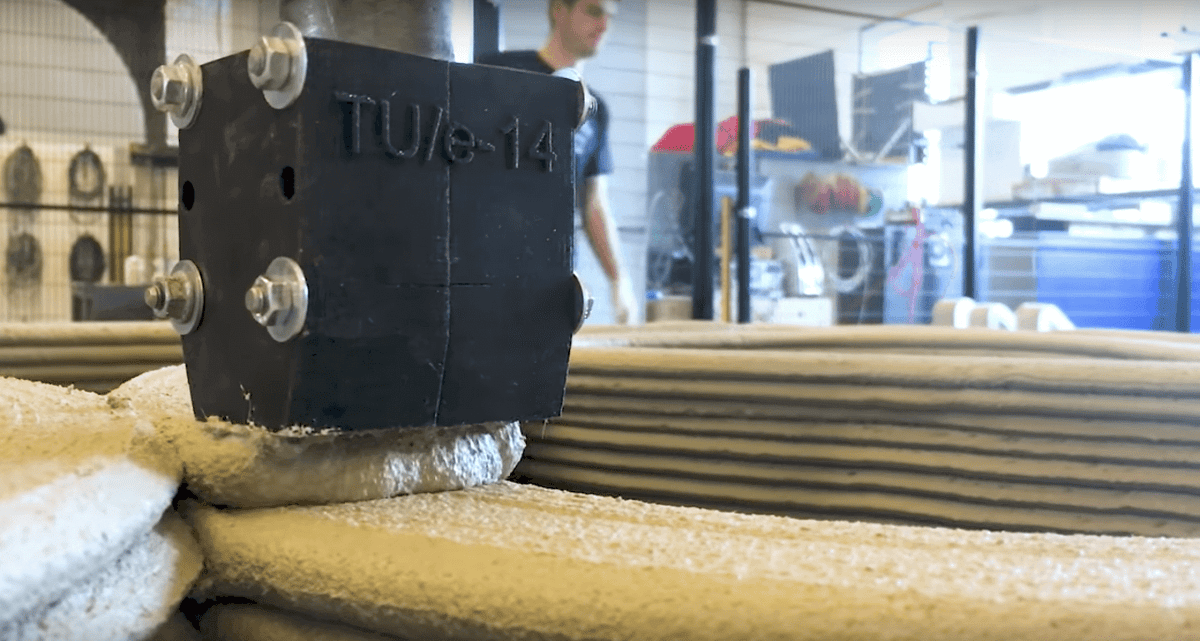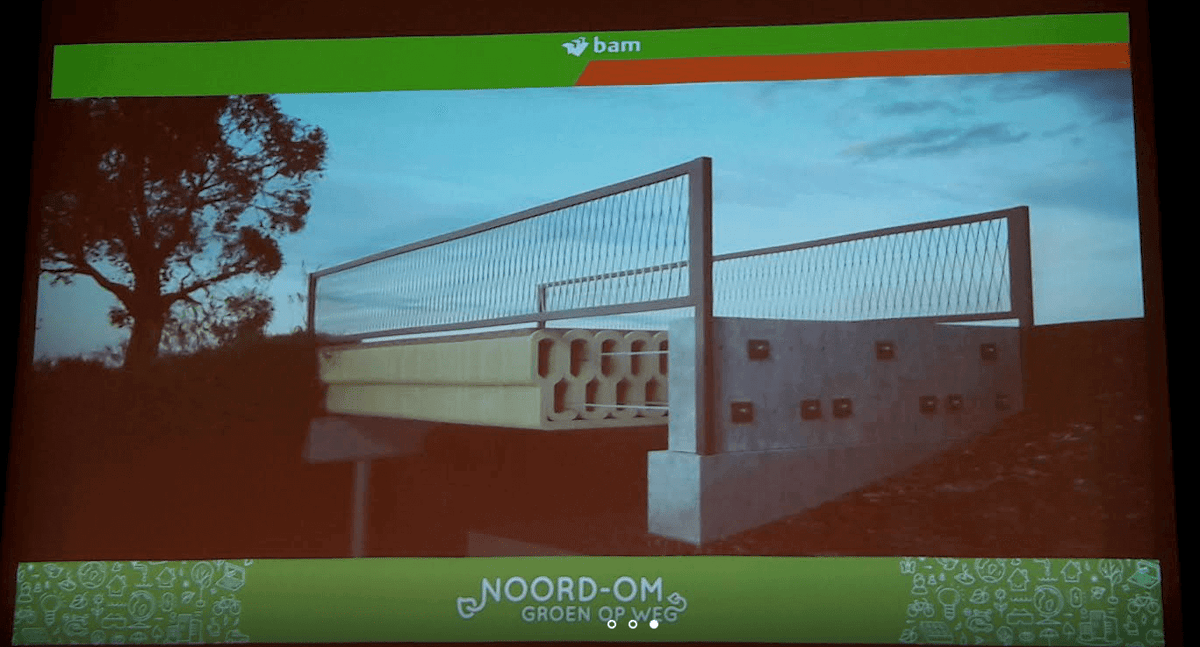The Technical University Eindhoven and BAM are using 3D printing to develop a bridge made especially for bikers – not an easy task.
As a 3D printing fan, would you feel comfortable cycling over a bridge which was developed using the technology? You might just get the chance if you head to Eindhoven in the Netherlands.
This week, the Technical University in Eindhoven began working on a 3D printed bicycle bridge. The university is working with UK-based construction company BAM to ensure the bridge is safe.
The company points out that it will be the first 3D printed bridge of its kind in the world. In order to print and develop the design, the university and BAM are using reinforced and pre-stressed concrete.
TU Eindhoven professor Theo Salet explained to NOS, a Netherlands broadcasting service:
“A lot has been done to investigate how the material behaves and how it will behave if it forms a real construction. So this step, from the laboratory to something that is used in practice, is very beautiful, but also stressful.”
However, he adds that although the process is stressful – safety is the top priority for this world premiere of a 3D printed bike bridge – it is also highly exciting to apply this new technology. Watch BAM’s video to find out more about the proceedings currently in motion. The video is in Dutch, however, it features some impressive 3D printing shots.
3D Printing Bridges Produces Less Waste
To create the bridge, BAM prints eight parts individually using a special concrete mortar and then puts everything together later while on site. This special mortar has many benefits. Salet continues:
“If you pour normal concrete, it runs away on all sides. That is the intention, so that it spreads well in the mold. But this is very special material. If I lay it down, it stays in place. Compare it with toothpaste or mayonnaise. It does not lose form.”
Therefore, this special material means far less waste, which is certainly a benefit for the planet. The professor adds: ”The printer puts down much less.”
The final bridge will be 3.5 meters wide and eight meters long. It will connect the N605 and the N272 roads, forming part of a roundabout at Gemert. If you’re looking for an interesting place for a cycling holiday, it’s definitely the Netherlands.
Want to find out more about 3D printed bridges? Check out the design by Dutch company MX3D who began work back in 2015, here. However, as exciting as this project is, it is yet to reach completion.
Source: NL Times

License: The text of "TU Eindhoven Commences Construction of a 3D Printed Bridge for Bikes" by All3DP is licensed under a Creative Commons Attribution 4.0 International License.
